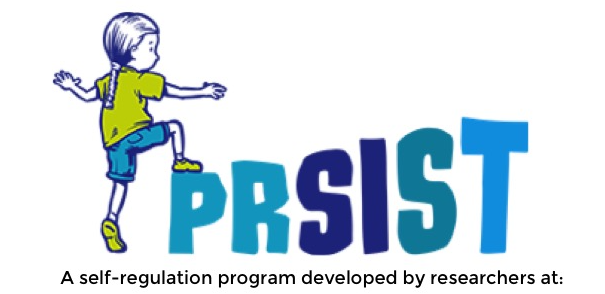
Secret Shadow
What to do: Arrange all participating children in front of you and tell them you will be moving parts of your body, which you will describe as you do it. Tell the children you want them to listen carefully and match those movements. The tricky bit is that they have to match your movements with their eyes shut (and no peeking). Have them close their eyes, and keep them closed, until you give the instruction to open them. If the children initially have trouble keeping their eyes closed, you could move behind them while dictating the actions, and then move back to the front when the sequence is complete.
Say and do one movement at a time, and wait for the children to complete that movement to the best of their ability or recollection, before giving another. Children must hold that position, adding each new movement to it. For example, if you say Put one hand on your head, and next Touch your nose with your thumb, the child should then be doing both of these actions. In giving these instructions to children, be aware of children’s language development (including children with English as an additional language) so instructions meet and/or appropriately challenge their language development. At the end of the sequence, have children open their eyes to see if their body position matches yours.
Too easy? How to increase challenge: Do multiple movements at once, rather than waiting for children to complete one movement before moving on to the next. You might try two movements at once first, and eventually move to 3 or 4 movements if this becomes easy.
Ideal formation(s): Small group, large group, or individual.
What you need: A selection of prepared actions that children will be able to understand and replicate (e.g., moving arms, legs, hands, heads by bending, stretching up/out/sideways, sitting, kneeling, laying, crouching). Consider what direction of movements the children will understand (e.g., Left and right? Up and down? To the side?), ensuring an appropriate level of challenge.
What it does: This activity challenges children’s ability to maintain attention on verbal instructions. It also requires them to resist temptation (to peek), take considered risks (if unsure, try) and deal with disappointment (if incorrect). It also involves identification and development of language, in isolation of visible guidance.
Links to EYLF:
- Demonstrate an increasing capacity for self-regulation; Be open to new challenges and discoveries; Take considered risks in their decision-making and cope with the unexpected; Persist when faced with challenges and when first attempts are not successful; Increasingly cooperate and work collaboratively with others (from Outcome 1.2)
- Make choices, accept challenges, take considered risks, manage change and cope with frustrations and the unexpected (from Outcome 3.1)
- Engage in increasingly complex sensory-motor skills and movement patterns (from Outcome 3.2)
- Persist even when they find a task difficult (from Outcome 4.1)
- Apply a wide variety of thinking strategies to engage with situations and solve problems, and adapt these strategies to new situations (from Outcome 4.2)
- Develop an ability to mirror, repeat and practice the actions of others, either immediately or later (from Outcome 4.3)
- Respond verbally and non-verbally to what they see, hear, touch, feel and taste (from Outcome 5.1)




